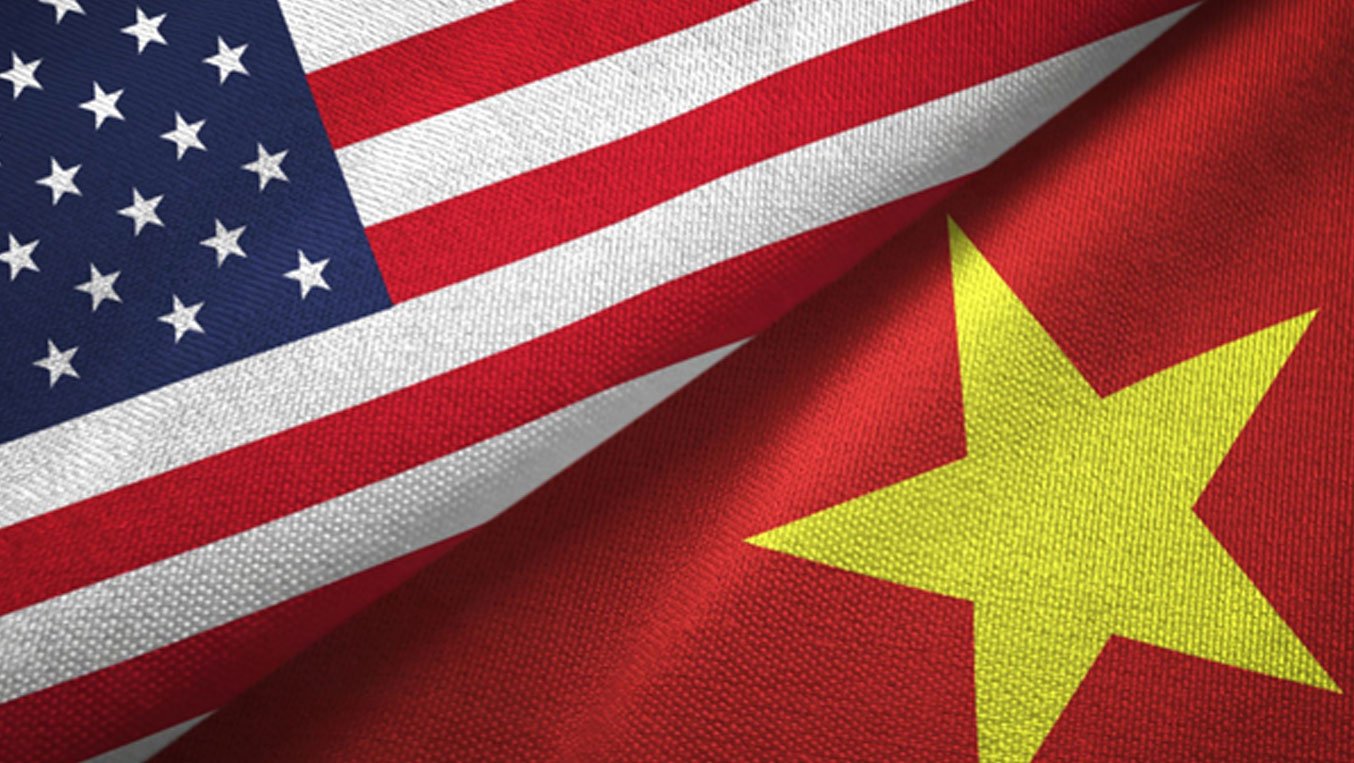
A new trade agreement between the U.S. and Vietnam was announced in early July 2025, and it’s already sending ripples through the global supply chain, especially in footwear and apparel. While the deal is complex, the implications for challenger brands and sourcing teams are real and immediate.
Vietnam remains one of the top destinations for footwear manufacturing, especially for brands looking to move away from China. But with new tariffs, stricter transshipment rules, and increased scrutiny, navigating sourcing decisions has become more nuanced than ever.
Here are three key takeaways from the U.S.–Vietnam trade deal, and what they mean for brands working in (or considering) Vietnam:
- A 20% Tariff on Vietnamese Goods.
The headline news: the U.S. has imposed a 20% import tariff on Vietnamese goods, including footwear. While not ideal, this is a significant reduction from the initial 46% tariff previously proposed under the “Liberation Day” tariff initiative. For brands already manufacturing in Vietnam, this offers some relief, especially given the country’s competitive production costs compared to China.
While prices will need to be adjusted, Vietnam remains cost-competitive for many challenger brands. The key now is transparent costing and precise supply chain planning to absorb or offset tariff impacts.
- Strict Penalties for Transshipped Goods from China
Perhaps the biggest shift in this trade deal is the U.S. government’s crackdown on transshipment; the practice of rerouting goods through Vietnam to mask their true country of origin, often China. Under the new framework, goods found to be falsely declared or partially made in China and routed through Vietnam face a 40% tariff.
For challenger brands, this underscores the critical need for supply chain transparency and documentation. Brands will need to clearly prove origin, not just for final assembly but for materials like outsoles, midsoles, and uppers. This could also increase scrutiny on raw materials and components sourced from Chinese suppliers but assembled in Vietnam.
Now more than ever, working with reliable local partners, sourcing agencies, and compliant factories is essential to avoid risk.
- Vietnam–U.S. Relations Are Strengthening, Creating Long-Term Opportunity
While the immediate focus is on tariffs, there’s also strategic upside. The deal also grants the U.S. full access to Vietnam’s market, particularly for industrial goods, agriculture, and vehicles. In return, Vietnam strengthens its global trading position, solidifying ties not just with the U.S. but also with Europe and other CPTPP nations.
For brands already producing in Vietnam, this signals long-term opportunity and stability. A stronger bilateral relationship means continued investment in infrastructure, improved regulatory frameworks, and enhanced export capabilities. It also reinforces Vietnam’s role as a sustainable, scalable alternative to China.
Wrapping Up
The latest U.S.–Vietnam trade agreement is a clear signal: the global sourcing landscape is shifting, and brands need to adapt. While tariffs and restrictions add new layers of complexity, Vietnam remains a strategic partner for footwear production, offering quality, speed, and growing capability.
For challenger brands, success will now depend on clear documentation, agile planning, and strong local relationships. In a world where supply chain resilience is no longer optional, staying ahead of policy shifts like this one is part of building a brand that lasts.
